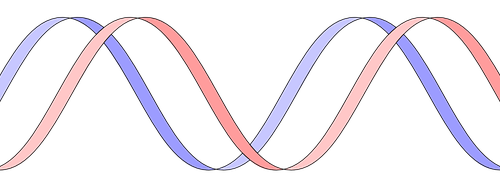The China National Intellectual Property Administration (CNIPA) is moving forward at breakneck speeds aiming to get all the necessary pieces in place for the June 1, 2021 date when the new 4th Amendment of the Patent Law will come into effect. Most recently, this means a flurry of drafts coming out from CNIPA, including, but not limited to, draft measures with the National Medical Products Administration (NMPA) relating to patent linkage, draft examination guidelines, and what we’ll discuss today, draft implementation rules of the new patent law. We are encouraged that CNIPA is engaging the public, allowing any member of the public to submit comments within a specific timeframe. We…
- Biotech, China, Patent Linkage, Patent Term Extension, Pharma, Proposed Changes, Updates and Changes
- Biotech, China, Patent Linkage, Patent Term Extension, Pharma, Supreme People's Court, Updates and Changes
How will Civil Cases Work under the Patent Linkage Provision in the New Chinese Patent Law?
The Supreme People’s Court has just issued draft regulations for comment regarding how new Article 76 will work in conjunction with civil procedure law. The period to submit comments ends December 14, 2020, and the final version will come into force June 1, 2021, together with the new Chinese Patent Law. The Backdrop: New Chinese Patent Law Adds Patent Linkage (Article 76) Linking Drug Approval to a “Clear” Patent Position In October of 2020 China passed the 4th amendment of the patent law which ushered in some sweeping changes in certain areas that are especially exciting for life science companies. One of the most important changes is the introduction of…
-
China Forges Ahead with Draft Measures for New Patent Linkage System
Update! The finalized Implementation Measures are now out. You can read the details here: Breaking: China Released New Implementation Measures for the New Patent Linkage System Last month September 11, 2020, China’s National Medical Products Administration (NMPA) and the China National Intellectual Property Administration (CNIPA) jointly issued a draft set of measures for public opinion about early dispute resolution mechanisms for drug patents, what is referred to as a patent linkage system. Below is a summary highlighting key provisions. Creation of an “Orange Book” List The NMPA will create a public registration platform that will list patent information for all drugs marketed or seeking marketing authority in China (similar to…





